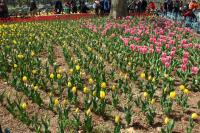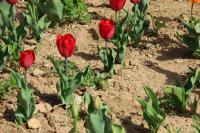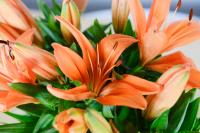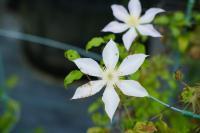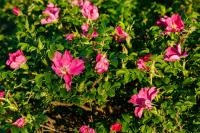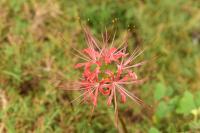1、 Is it a flower or a tree
Begonia is a tree. It is a small deciduous tree and a woody plant. It is a famous ornamental tree species in China. Begonia is suitable for growing in sandy soil with sufficient sunshine, loose and fertile soil, deep soil layer and good drainage. It has the advantages of cold resistance, drought resistance, waterlogging resistance, salt alkali resistance and so on. However, it has strong adaptability and does not have high environmental requirements. It can survive in semi shady and barren saline alkali land, and its cultivation and management is relatively extensive. The flowering period is from April to May and the fruiting period is from August to September. Begonias are mostly ornamental flowers and trees used for urban greening and beautification. They are important temperate flowering trees. It is mainly distributed in Shandong, Shaanxi, Hubei, Jiangxi, Anhui, Jiangsu, Zhejiang, Guangdong, Guangxi and other places in China.

2、 There are several varieties
There are many varieties of Begonia. Malus species are more common, including Malus verticillata, Malus Henan, Malus Hubei, Malus Longdong, Malus hawthorn, Malus Xifu, Malus Cangjiang, Malus Xishu, Malus trifoliata, Malus flower, Malus variabilis, Malus floribunda, Malus Dianchi and so on. The common Malus species of Malus are papaya Malus, stick stem Malus, Japanese Malus, etc.

Among them, Xifu Begonia, vertical silk Begonia, stick stem Begonia and papaya Begonia are known as the "four products of Begonia" and are famous ornamental plants. Most of the crabapple varieties planted in China are xifuhai and Chuixi crabapple. The unique Chinese Begonia species is the two vertical silk Begonia. When the flowers bloom, the color is beautiful, and the leaves are oval and pebble shaped. The color is mostly rose red and magenta.
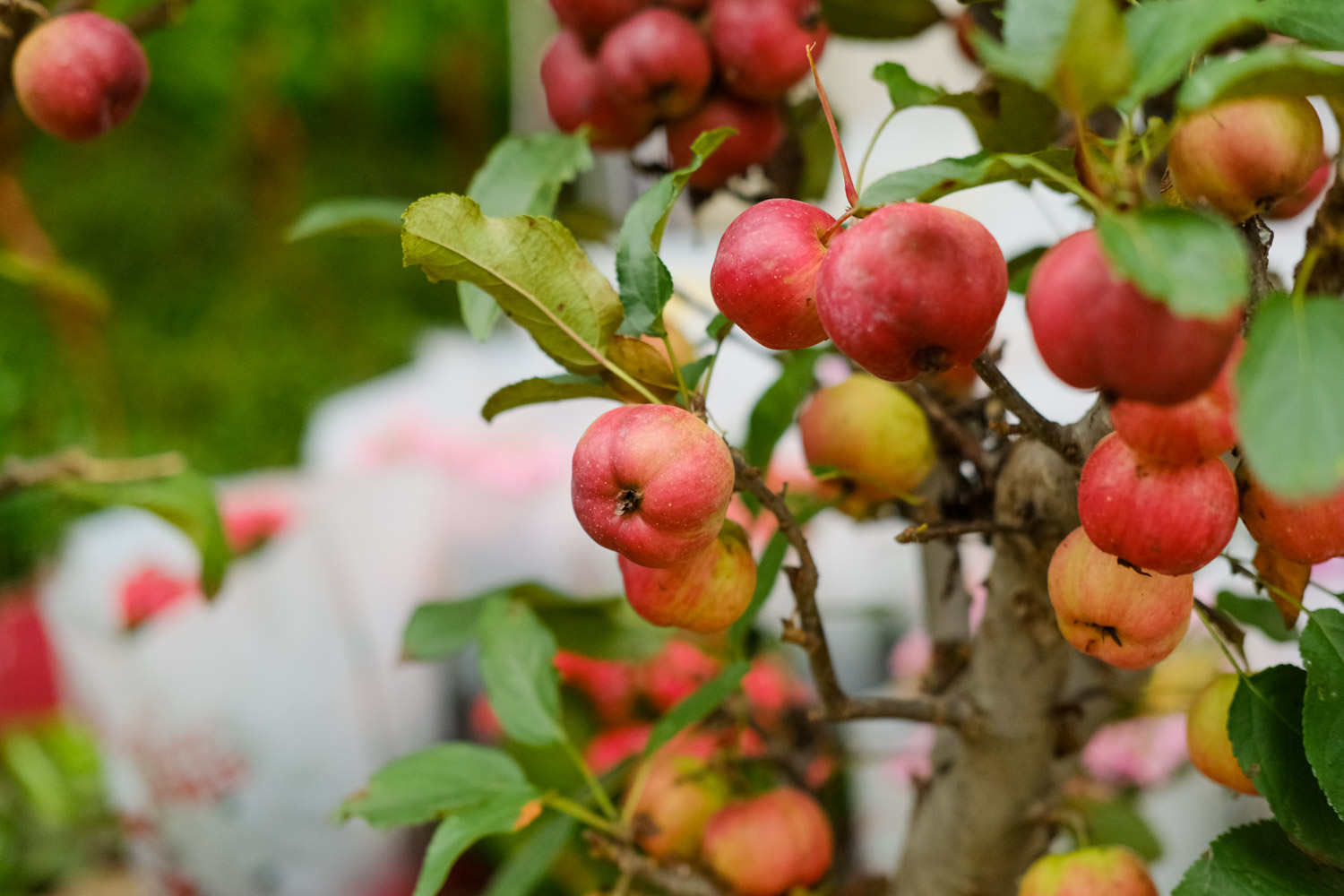

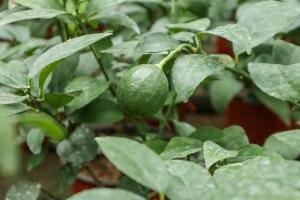 The efficacy and fun...
The efficacy and fun...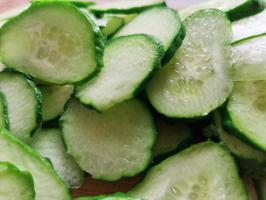 The efficacy and fun...
The efficacy and fun...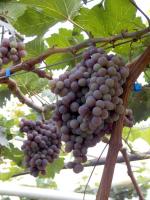 The benefits of eati...
The benefits of eati...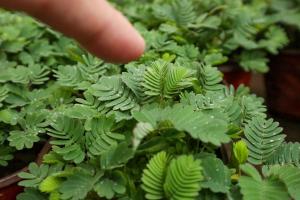 Why is Mimosa called...
Why is Mimosa called...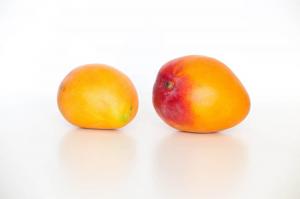 What can't mango be ...
What can't mango be ...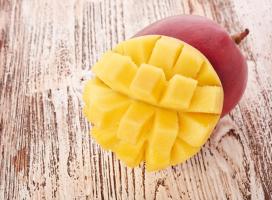 The efficacy and fun...
The efficacy and fun...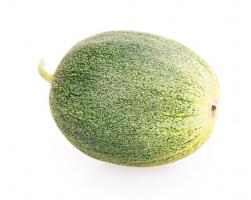 Is watermelon a frui...
Is watermelon a frui...

























